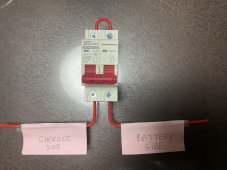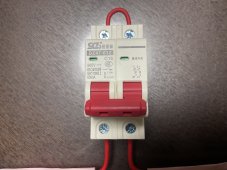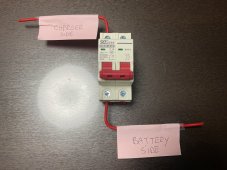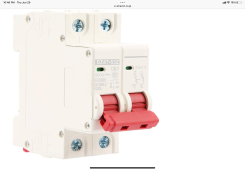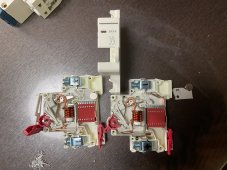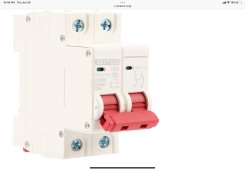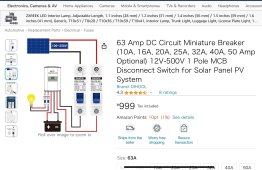Zerpersande
New Member
- Joined
- Oct 5, 2022
- Messages
- 80
I want to put a 16A polarized breaker in the positive wire from my Victron IP22 12V/15A battery charger to my 12V 230Ah LiFePO4 battery. Partially for protection and partially to isolate it when not in use. I’ll (usually) only be using this to juice up my battery enough to get by during rainy periods. Will the wiring in the pics both isolate the charger and protect the circuit? Would it be better to wire the return from the battery in the top and out the bottom rather than use the loop?



